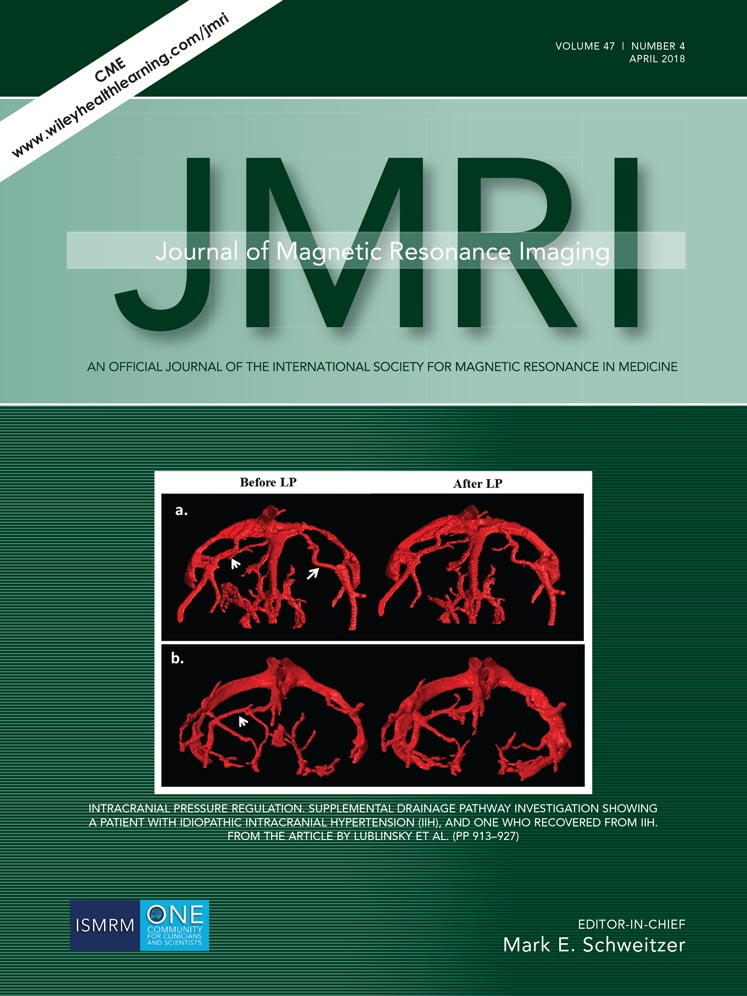Deep neural network-based computer-assisted detection of cerebral aneurysms in MR angiography
Abstract
Background
The usefulness of computer-assisted detection (CAD) for detecting cerebral aneurysms has been reported; therefore, the improved performance of CAD will help to detect cerebral aneurysms.
Purpose
To develop a CAD system for intracranial aneurysms on unenhanced magnetic resonance angiography (MRA) images based on a deep convolutional neural network (CNN) and a maximum intensity projection (MIP) algorithm, and to demonstrate the usefulness of the system by training and evaluating it using a large dataset.
Study Type
Retrospective study.
Subjects
There were 450 cases with intracranial aneurysms. The diagnoses of brain aneurysms were made on the basis of MRA, which was performed as part of a brain screening program.
Field Strength/Sequence
Noncontrast-enhanced 3D time-of-flight (TOF) MRA on 3T MR scanners.
Assessment
In our CAD, we used a CNN classifier that predicts whether each voxel is inside or outside aneurysms by inputting MIP images generated from a volume of interest (VOI) around the voxel. The CNN was trained in advance using manually inputted labels. We evaluated our method using 450 cases with intracranial aneurysms, 300 of which were used for training, 50 for parameter tuning, and 100 for the final evaluation.
Statistical Tests
Free-response receiver operating characteristic (FROC) analysis.
Results
Our CAD system detected 94.2% (98/104) of aneurysms with 2.9 false positives per case (FPs/case). At a sensitivity of 70%, the number of FPs/case was 0.26.
Data Conclusion
We showed that the combination of a CNN and an MIP algorithm is useful for the detection of intracranial aneurysms.
Level of Evidence: 4
Technical Efficacy: Stage 1
J. Magn. Reson. Imaging 2018;47:948–953.




